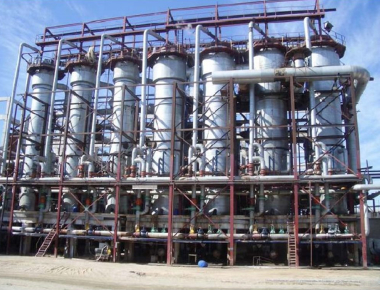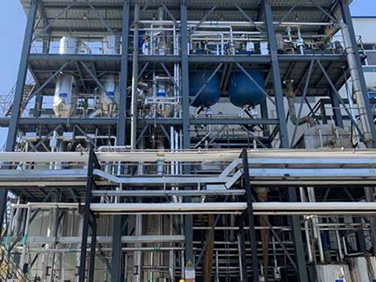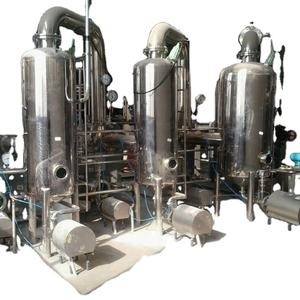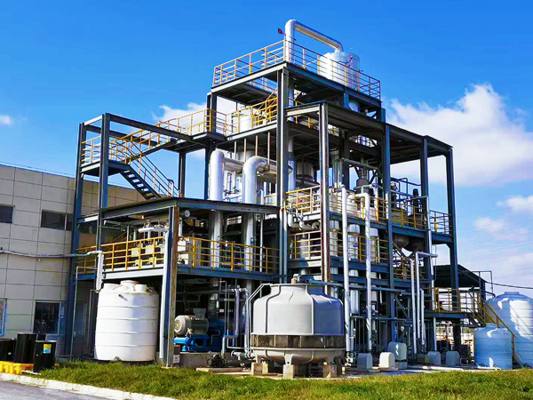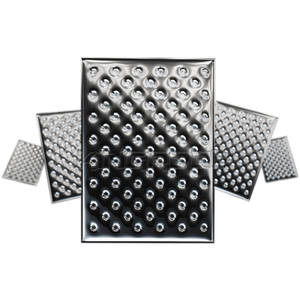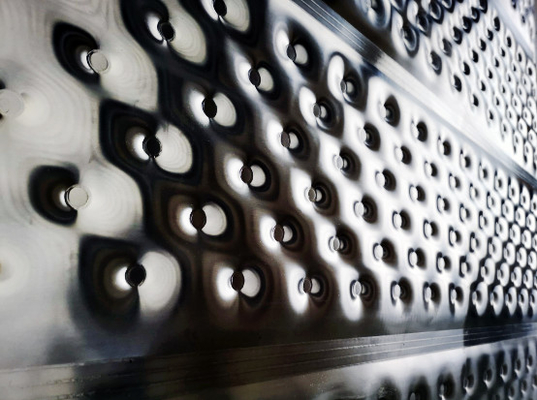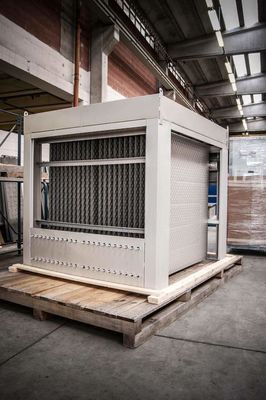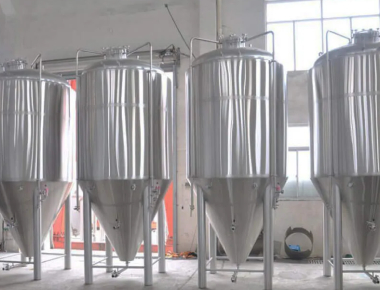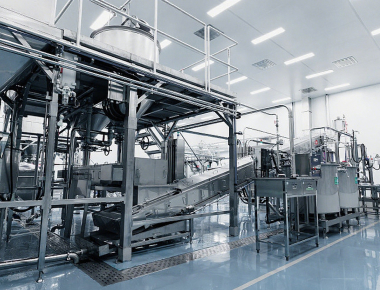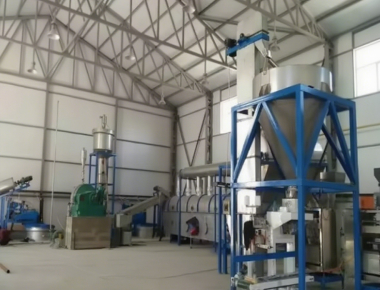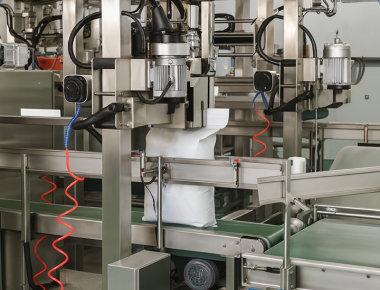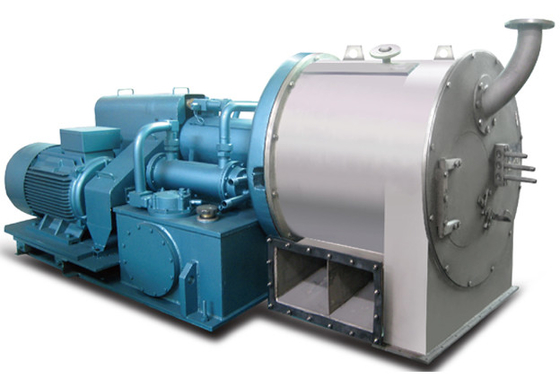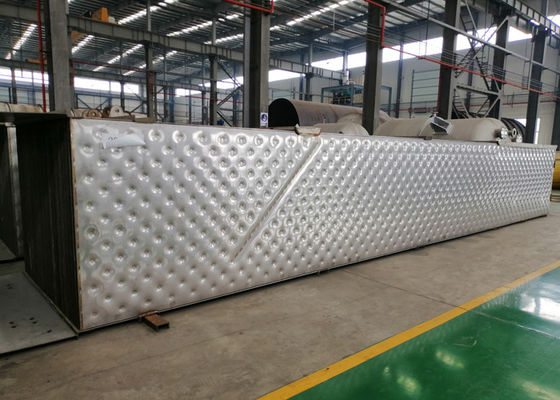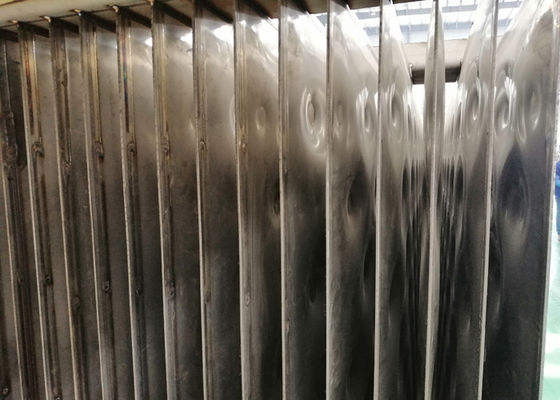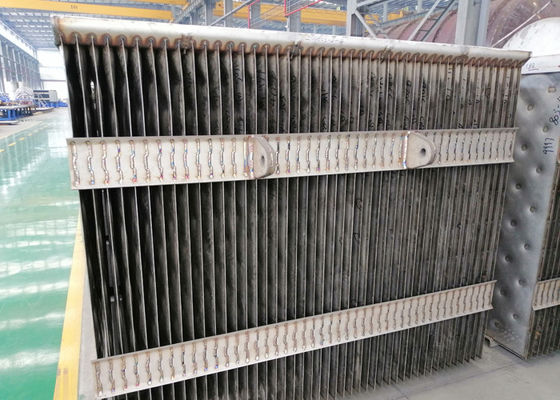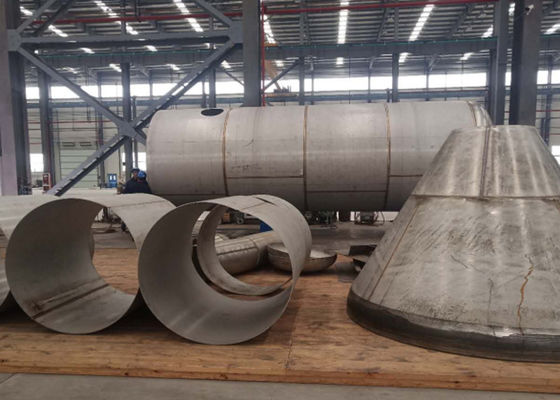Black Liquor Evaporation : Design and Operation
Requirement
The inherent complex composition of black liquor translates into several interdependent design requirements for the evaporators:
The evaporation plant must efficiently transfer heat for the evaporation of the black liquor.
It must do so while avoiding scale formation on the heat transfer surfaces.
The evaporation plant must also produce sufficiently cleancondensate fractions to satisfy the needs of the pulp mill and recausticizing area, thus greatly reducing the fresh water intake of the mill.
Volatile components and NCGs must be removed and conditioned for safe disposal via incineration.
Concentrators
A special of evaporator designs specifically engineered to address the two issues associated with the processing of black liquor at high concentrations:
1.Precipitation of supersaturated components from the liquor
At some point, typically around 50-55%TS,water soluble sulfate and carbonate sodium salts exceed their solubility limits and begin to precipitate from the black liquor being evaporated. The double salt burkeite is the first to precipitate in the concentration process while dicarbonate, another sodium double salt, reaches its solubility limit later on, around 60%TS.Control of this precipitation process is a crystallization problem, and achieving higher concentrations requires that evaporation equipment be designed as crystallizers to allow these salts to form in the bulk of the liquor,and not as scale on the heat transfer surfaces.
2. High liquor viscosity
As its concentration increases, black liquor rheological behavior changes from a Newtonian fluid to a pseudo- plastic fluid extremely viscous. Such high viscosities translate into poor heat transfer in concentrators (low Reynolds number hence low turbulence) but also represent an impediment to crystal growth within the bulk of the liquor. In addition,storage of the concentrated liquor, especially if well above 75%TS, may have to be in a pressurized tank in order to maintain the ability to pump the liquor to the boiler as well as proper spraying patterns. To address these viscosity issues, black liquor concentrators are typically operated at substantially elevated temperatures and proper control of the liquor temperature under varying operating conditions becomes a critical parameter of the design as a mere 20 °F increase in liquor temperature can translate into a viscosity reduction of 50% in some cases.
Operation at elevated temperatures enhances the breakdown of calcium-organic complexes present in the liquor and, as a result, the risk of precipitation of calcium carbonate on the heat transfer surfaces is substantially increased. Precipitation of other water insoluble compounds, such as silica and oxalate salts if present in the liquor, can also occur at these higher temperatures, increasing the risk of scaling of the concentrator units.
Heat treatment of the liquor prior to the concentrator can permanently reduce the liquor viscosity by thermal- cracking of the long lignin and other organic compounds responsible for the liquor viscosity. Such treatment typically takes place in a continuous reactor operated at high pressure and temperature (above 350°F). Over 30 min of residence time in the reactor must be provided to achieve maximum viscosity reduction.
Two types of black liquor concentrators are in use today and those can be broadly classified as Falling Film (FF) and Forced Circulation (FC)designs.
Mechanical Vapor Recompression MVR Evaporator consumption compared with traditional evaporation equipment calculated by evaporating 1T water
| Name |
Steam |
Electric Power |
Total Cost (RMB) |
| Evaporation Capacity (kg/h) |
Consumption (T) |
Cost (RMB) |
Consumption (kw) |
Cost (RMB) |
|
| Single Effect Evaporator |
1.1 |
220 |
3 |
2.1 |
222.1 |
| Double Effect Evaporator |
0.55 |
110 |
3 |
2.1 |
112.1 |
| Three Effect Evaporator |
0.4 |
88 |
3 |
2.1 |
90.1 |
| MVR Evaporator |
0.02 |
4.4 |
30 |
21 |
25.4 |
Falling Film Concentrator
Falling Film Concentrators are really an adaptation for high solids service of the FF evaporator design discussed above. By nature, FF concentrators, where evaporation takes place from a liquor film within the heating element result in high supersaturation levels being developed within the liquor. This can result in uncontrolled scale formation due to excessive crystal nucleation rather than gentle crystal growth.

Forced Circulation concentrator
Forced Circulation concentrators have been around since the 1950's and are well proven in black liquor service. The design consists ofa heat exchanger and a vapor/liquor flash chamber connected to each other through a recirculation loop.


 Your message must be between 20-3,000 characters!
Your message must be between 20-3,000 characters! Please check your E-mail!
Please check your E-mail!  Your message must be between 20-3,000 characters!
Your message must be between 20-3,000 characters! Please check your E-mail!
Please check your E-mail! 
